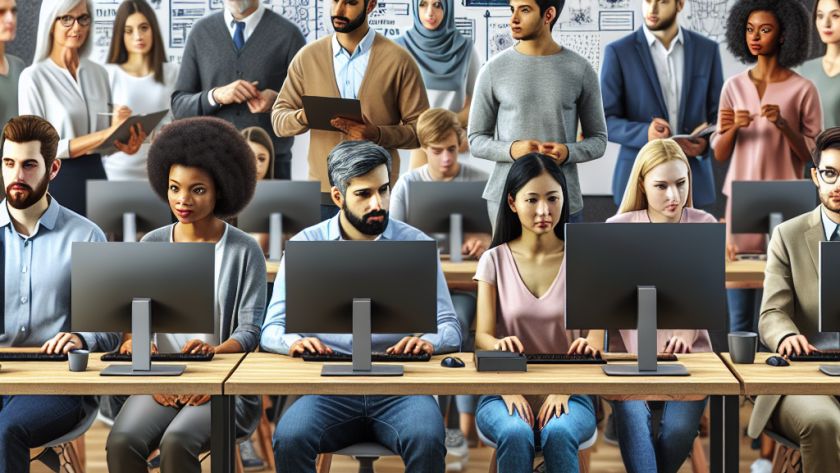The recent ransomware attack on ChangeHealthcare underscores the disruptive nature of supply chain attacks. Such attacks are becoming increasingly prominent and often target large corporations through the small and medium-sized vendors in their corporate supply chains. Researchers from Massachusetts Institute of Technology (MIT) and Hasso Plattner Institute (HPI) in Potsdam, Germany, are investigating different organizational…






